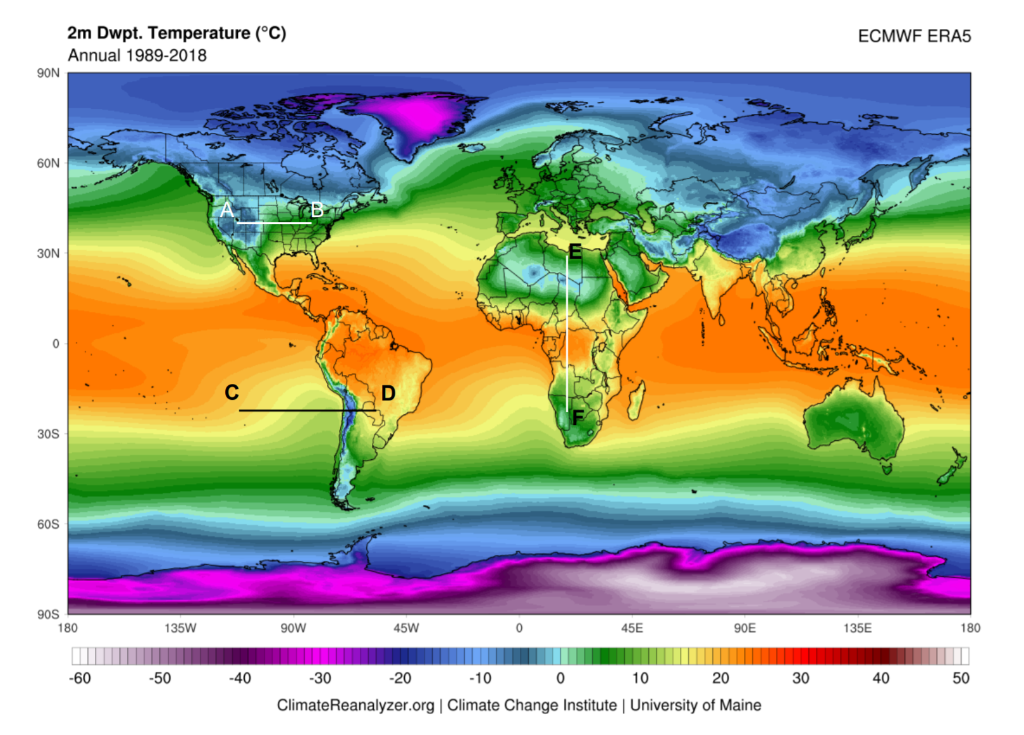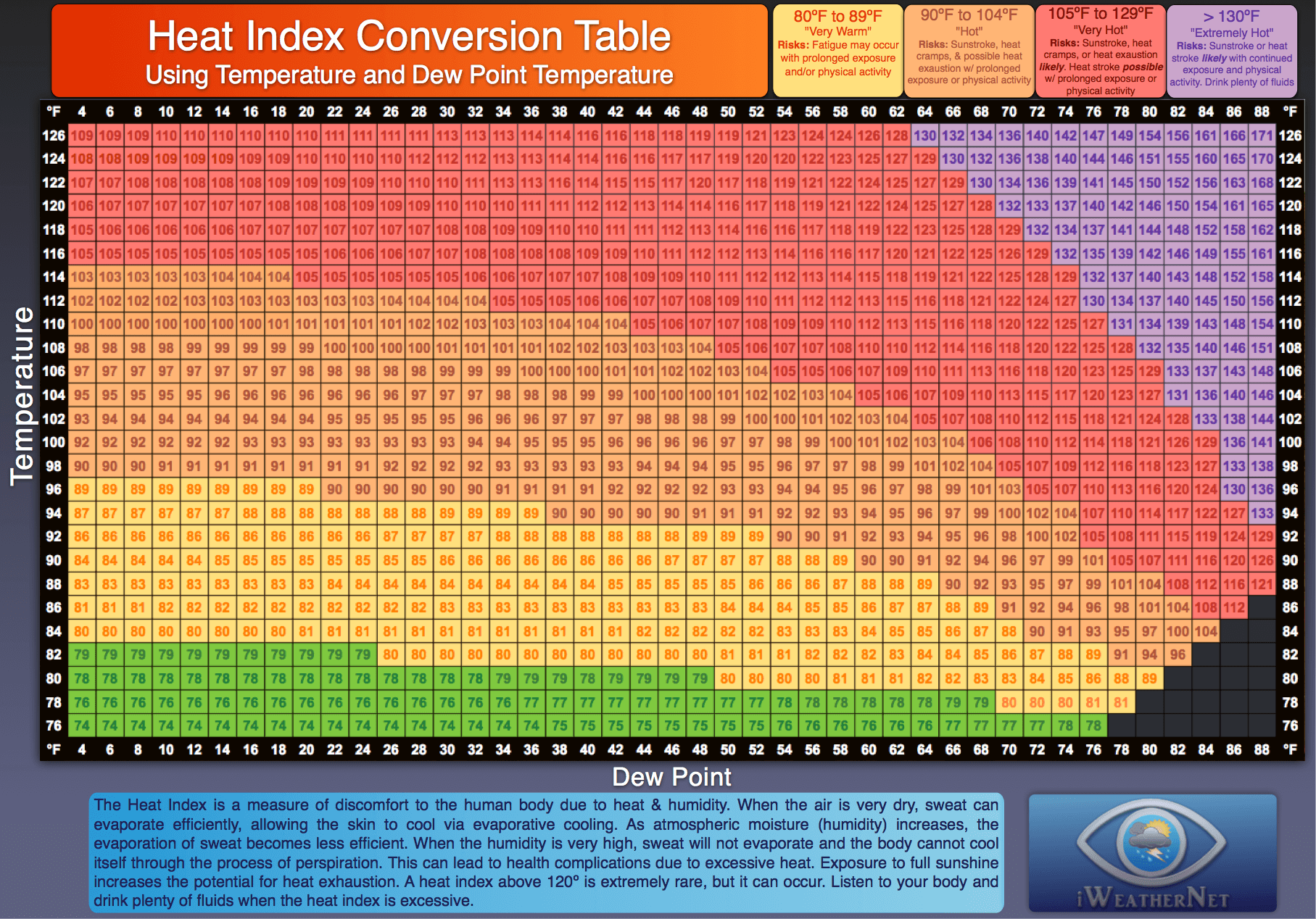

As with relative humidity, the dew-point temperature is dependent on the pressure of the gas being measured.

Instead of looking at the capacity of the gas to hold moisture, dew point measures the temperature at which liquid moisture will start to condense. It’s stated as parts per million by volume (PPM V)ĭew point is another variable measure of humidity. Unlike relative humidity or dew point, moisture content doesn’t change with pressure or temperature: it’s a measure of the actual molecules of water in the gas. Moisture content is an important parameter for many processes too. The effects temperature has on relative humidity The %rh is a measure of how close to saturation point the humidity in the gas is. If the temperature is lowered or the pressure increase, the saturation point changes and the %rh will also increase. The saturation point varies depending on the temperature of the gas and the pressure with higher temperatures and lower pressures allowing more moisture to be held in the gas as humidity. As with dissolving solids in a liquid, a gas can only hold a certain amount of dissolved moisture before it starts to condense back to liquid phase. Relative humidity is a measure of the humidity in terms of its saturation point. There is always a level of humidity in the air around us, but when it comes to industrial processes, the levels of humidity often need to be controlled. Humidity is simply moisture that is dissolved in a gas. What are the differences between humidity, dew point and relative humidity? As well as the term ‘hygrometer’ it may also be called a: Hygrometry is the measurement of the moisture content of gases, and a hygrometer senses, measures and outputs or displays the relative or absolute humidity in the gas.



 0 kommentar(er)
0 kommentar(er)
